Gardening With Bees

Bees and flowers
Flowers provide food for bees. To plants they are sex organs. The origins of flowering plants and insect pollinators began simultaneously about 100 million years ago. Cross-pollinated plants use a vector, such as wind, water or an animal, mostly an insect, to deliver their pollen to a receptive stigma of another flower. Animal pollination requires that flowers attract pollinators, mostly for food (pollen, nectar and oils), but also through scent and/or visual cues. This co-evolution resulted in plants producing rewards for the service they receive, namely pollination, although the bees are blissfully unaware they’re performing a service.
Bees as pollinators
Bees are among the most important pollinators. Commonly, beetles, moths, bats and birds pollinate, and a host of other organisms may pollinate as well. Pollination precedes fertilisation in plants, but does not guarantee it. Therefore it also precedes plant reproduction, seed set and fruit production. Consequently, it is an essential ecosystem service, meaning that in the wild it directly contributes to the production of food for seed- and fruit eating animals, and ensures that there will be future generations of plants. The same applies to agriculture.
This story is from the October 2017 edition of The Gardener.
Start your 7-day Magzter GOLD free trial to access thousands of curated premium stories, and 8,500+ magazines and newspapers.
Already a subscriber ? Sign In
This story is from the October 2017 edition of The Gardener.
Start your 7-day Magzter GOLD free trial to access thousands of curated premium stories, and 8,500+ magazines and newspapers.
Already a subscriber? Sign In
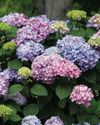
A Touch of Class
A cut above the rest and attractive enough to fill all the spaces you can see in your garden or in pots...

Bordering on food aggression!
The economy, fires, drought, Russians, fuel prices, and politicians, dictated what we ate in my youth. The only exception was that Eskom worked...

Quarantining new koi fish
Give your new koi the best start

Big deal GLADIOLI
To get balance in a flower bed, we rely on tall flowering plants to provide height and show off amazing blooms. One of our favourites to plant are gladioli. They might look impressive, come in some gorgeous colours, and are great for a vase, but they are also easy to grow with a few golden rules.
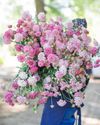
PRETTY FILLER Scabiosa
There are over 70 varieties of Scabiosa (pincushion flower) in both the annuals and perennials categories with arguably some of the best ones local to our country, and excellent pollinator attractors too.
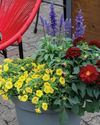
TRIPLE treat
A floral combo that's bursting with colour

CHLOROSIS how to fix it
Chlorosis is not a death sentence for your plants. With prompt identification and the right interventions, you can restore your plants to their lush, vibrant selves.
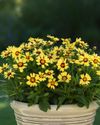
COREOPSIS 'UpTick'
For an easy-to-grow, tough perennial, with masses of pretty blooms, plant Coreopsis hybrids and watch the bees and butterflies come into your garden.
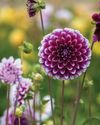
Decorative Dahlias
With a little basic care, you can grow these showstopping plants in your own backyard with minimal effort.
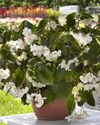
The beauty of BEGONIAS
For endless colour and a garden that looks vibrant throughout the seasons, these are your go-to choices.